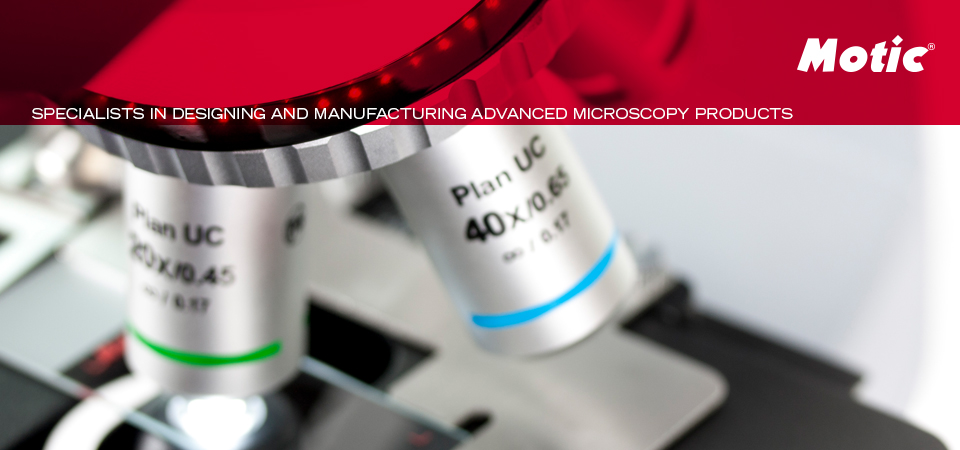Vanadinite is a lead chlorovanadate Pb5(VO4)3Cl, which belongs to the hexagonal system, and is formed as a secondary mineral in the oxidation zone of lead deposits in relatively arid climates, because of the alteration of sulphides and silicated rocks containing vanadium. It can also be formed in sedimentary deposits rich in fossilized organic materials, such as algae.
Vanadinite belongs to
the Apatite Group and is the vanadium analogue of mimetite Pb5(AsO4)3Cl
and pyromorphite Pb5(PO4)3Cl. In nature we could
find compositional series between mimetite, pyromorphite and vanadinite.
It is a very characteristic
mineral of the lead-vanadium mines those were exploited south of the Atlas,
near Midelt, in Morocco. Moroccan specimens are highly prized by collectors due
to the great aesthetics and intense colour, between red and orange, and even
yellow.
Pedrera Berta in 2011.
Photo Joan Rosell.
At the end of the
1980s, at the well-known Pedrera Berta (Berta Quarry) among collectors (a quarry
located between the municipalities of El Papiol and Sant Cugat del Vallés,
Barcelona, Catalonia), various specimens were collected containing small red to
orange crystals disposed on a matrix formed by small and brilliant hyaline
quartz crystals, with galena and pyrite. Some collectors erroneously identify
them as orpiment (As2S3), very similar in colour.
Red to orange
vanadinite on pyrite and quartz. Size: 3.5 x 2.5 cm. Ex-coll. Manchion. Photo
and coll. Joan Rosell.
Vanadinite on pyrite.
FOV: 2 cm. Ex-coll. Manchion. Photo and coll. Joan Rosell.
At that time, various analyses
of these crystals were carried out by Dr. Joan Viñals (professor of Chemistry
at the Universitat de Barcelona). Results indicated that it was this species:
vanadinite. A posteriori, no more specimens have been collected in situ.
We would have to check old mineral collections to find these specimens.
Some of us already had
pieces acquired in the 90s, that allowed us to correctly determine specimens we
had collected in this Catalan mine during these years.
We have analysed some
of these vanadinite crystals again and we have been able to verify what Dr.
Joan Viñals had already indicated, but also we have observed the presence of
phosphorus, and minor arsenic, replacing vanadium in the structure of the
crystals, which seems to indicate that they are mainly compositionally in the
vanadinite-pyromorphite series.
Vanadinite (white) on
quartz (grey). SEM photo by Joan Rosell.
The Berta samples
appear as well faceted crystals, sometimes complex, showing the hexagonal prism
truncated by faces of the dipyramid and with quite developed faces, sometimes,
of another dipyramid of a different order.
Prismatic vanadinite crystal on quartz. FOV: 3 mm. Photo and coll. Joan Rosell.
Motic PlanApo 5x ELWD with stacking.
Vanadinite crystals
and pyrite. FOV: 5 mm. Photo and coll. Joan Rosell.
Motic PlanApo 5x ELWD with stacking.
Vanadinite crystals
and quartz. FOV: 1 mm. Photo and coll. Joan Rosell.
Motic Objective 10x with stacking.







